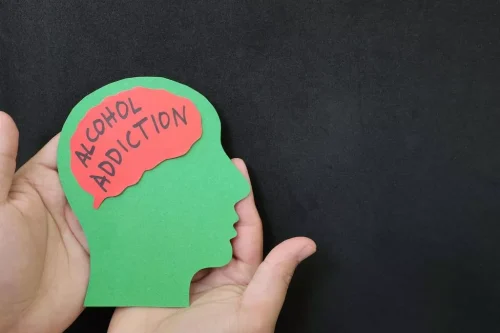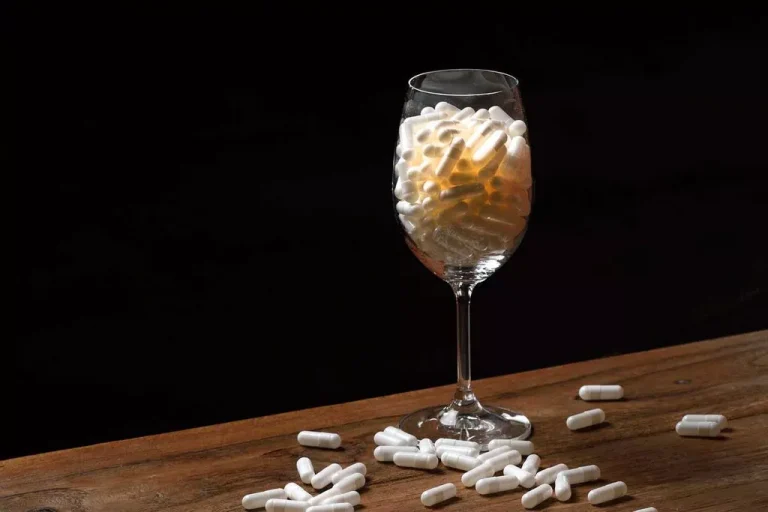
A 1- and 4-year follow-up study of 55 men with alcoholism showed that abstinence and controlled drinking of up to 60 g/day (4 drinks) resulted in comparable improvement in left ventricular (LV) ejection fraction. Ten patients who continued to drink higher amounts of alcohol all died during the follow-up period. Chronic ethanol misuse clearly depresses protein synthesis and degradation, involving both structural and non-structural heart proteins 104,128. At a pathological level, sarcomere Z-line distortion and disruption of the sarcomere pattern leads to myocytolysis 107,129. Myocytolysis is evident through focal myofiber dissolution, https://ecosoberhouse.com/article/psychological-dependence-on-alcohol-physiological-addiction-symptoms/ cell vacuolization, and fiber disarray 19 (Figure 2).
- This refers to the finding in the last century that moderate alcohol consumption could be the reason for the relatively low cardiovascular disease incidence in wine-drinking regions 92.
- However, during the time that these haemodynamic changes appeared, some researchers identified a possible decrease in the ejection fraction and other parameters related to systolic function32-39.
- One relevant question concerning ethanol cardiac toxicity is if ethanol itself or its active metabolite acetaldehyde causes cardiac damage 73,74.
Epidemiological studies

Before recognizing that ethanol itself is the etiological factor of ACM, different theories and hypotheses emerged 1,66. It was suspected that malnutrition, frequently related to chronic alcohol misuse, was the origin of ACM 6,67. However, it has been evidenced that ACM may develop in the absence of protein or caloric malnutrition 38. However, nutritional factors may worsen the natural course of ACM and should be avoided 18,19.

Acute vs. chronic
Histopathologic examination of hearts from individuals with the diagnosis of ACM alcoholic cardiomyopathy have revealed contractile protein loss, fragmentation, and disarray, supporting the concept of altered protein physiology/composition (11, 29,31). Using a mass spectrometric-based proteomic analysis, Fogle et al. examined the effects of 16 weeks of ethanol consumption on rat cardiac muscle protein expression (45). These investigators also found decreases in peroxiredoxin 5, antioxidant protein 2, and glutathione transferase 5, important anti-oxidant enzymes. Proteins that were increased were signal transduction proteins such as tyrosine kinase (~2.1 fold increase) and mitogen-activated protein kinase phosphatase (~17.5 fold increase) (45). Studies that have assessed the prevalence of ACM among IDCM patients have found high alcohol consumption in 3.8% to 47% of DCM patients.
What are the symptoms of alcoholic cardiomyopathy?
Mathews and Kino found a small, but significant increase in left ventricular mass in individuals consuming at least 12 oz of whisky during 6 years and 60 g of ethanol per day, respectively22,40. More recently, Lazarevic found a modest increase in end-systolic and diastolic left ventricular volumes and a subsequent thickening of the posterior wall in a cohort of alcoholics consuming at least 80 g during 5 years23; however, no differences in systolic function were observed. Finally, only Urbano-Márquez et al24 found a clear decrease in the ejection fraction, in a cohort of 52 alcoholics, which was directly proportional to the accumulated alcohol intake throughout the patients’ lives. Recently, apoptosis and necrosis have been also attributed to autophagy in ACM 18. In order to maintain cardiac homeostasis, the removal of defective organelles and cell debris by autophagy is essential both in physiological and pathological conditions 115.

The pathophysiology of AC involves a combination of direct toxic effects of alcohol on the myocardium, oxidative stress, mitochondrial dysfunction, and genetic susceptibility. Despite the key clinical importance of alcohol as a cause of DCM, relatively few studies have investigated the effects of alcohol on the heart and the clinical characteristics of DCM caused by excessive alcohol consumption (known as alcoholic cardiomyopathy). New strategies to improve the natural course of ACM have been proposed as promising agents in this field 112,147. Since ethanol has multiple cell targets with different pathological mechanisms implicated, those different strategies to directly target alcohol-induced heart damage are only partially effective and can only be used as support medication in a multidisciplinary approach 112.
Clinical work-up for alcoholic cardiomyopathy

This multi-factorial effect is attributed to genetic factors 27 and ethnic 28 variability. The final damage is an equilibrium between the intensity of damaging effects and the possibility of defense, plasticity, regeneration, and adaptation for every specific organ 29,30,31. Thus, alcohol-dilated cardiomyopathy (ACM) is the result of dosage and individual predisposition 32. Chronic alcohol consumption can cause multi-organ damage including myocardial dysfunction.